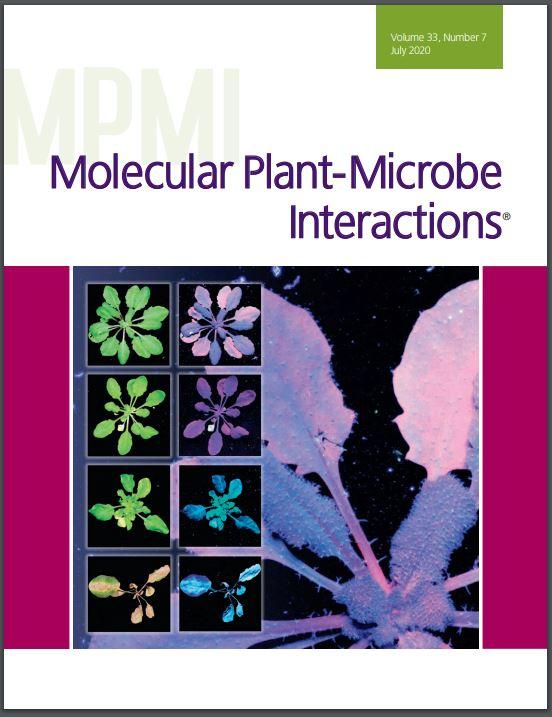
Credit: The American Phytopathology Society
Phytophthora infestans is an oomycete, or water mold, that causes the devastating potato disease known as late blight or potato blight and was responsible for the famous Irish Famine of the 1840s. In a recently published study, a group of scientists focused on the effectors of that pathogen and confirmed that plant pathogens employ an array of mechanisms to escape plant immunity response. These mechanisms explain why integrated resistance in plants cannot last long.
The scientists analyzed the genomic characters of the pathogen’s AVR2 gene and the physical and biochemical properties of its effectors and found a substantial variation in the nucleotide sequences of the AVR2 genes generated from different P. infestans isolates and that these sequence variations were generated by many genetic mechanisms, including base substations, partial translation of the gene to the effectors, a small loss/gain of DNA sequence, and recombination.
“Bioinformatics analyses indicate that the virulent AVR2 effectors are proteins partially lacking three-dimension structure, known as disordered proteins, while avirulent effectors are ordered proteins with predicted crystal structures,” explained Jiasui Zhan, one of the scientists involved in the study. “Each of the virulent effectors has one or two short linear interaction regions of ear-marked characters of disordered proteins. No such regions are found in the avirulent effectors. Furthermore, virulent AVR2 effectors are predicted to be less stable and have a shorter protein half-life than the avirulent effectors.”
These results suggest that plant pathogens adopt a novel mechanism to escape plant recognition through reordering the physical structures of effector proteins. Through combining population genome and in vivo analyses of pathogenicity, Zhan and colleagues were able to draw the evolutionary pattern in groups rather than ad hoc phenomenon of single or a few samples in the similar studies and to verify the evolutionary inferences experimentally with statistical rigidness and robustness.
“This study highlights the fact that a subtle modification in gene sequence such as single base substitution may generate a huge corresponding change in protein properties of effectors and maybe other proteins as well,” Zhan said. “The most surprising discovery is that there is clear difference in protein ordering between virulent and avirulent effectors: all 31 avirulent effectors are ordered proteins with defined structure while all 27 virulent are disordered proteins.”
Multidisciplinary collaboration is essential for durable disease management and evolutionary genetics should play a central role in developing management practices that can minimize pathogen evolution’s to evolve. For more information, read “The Phytophthora infestans AVR2 Effector Escapes R2 Recognition Through Effector Disordering” in the July issue of MPMI.
###
Media Contact
Ashley Bergman Carlin
[email protected]
Related Journal Article
http://dx.




